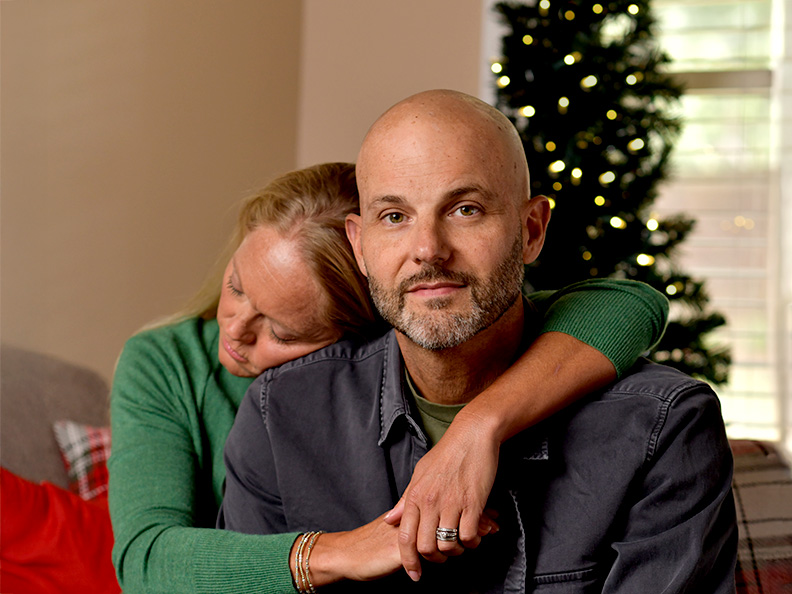Your gift is 100% tax deductible
Hair, Skin, and Nail Problems
Cancer and cancer treatment can cause skin changes such as dryness, itchiness, and rash, as well as hair loss and nail changes. Learn what to look for and how to manage hair, skin and nail problems.



